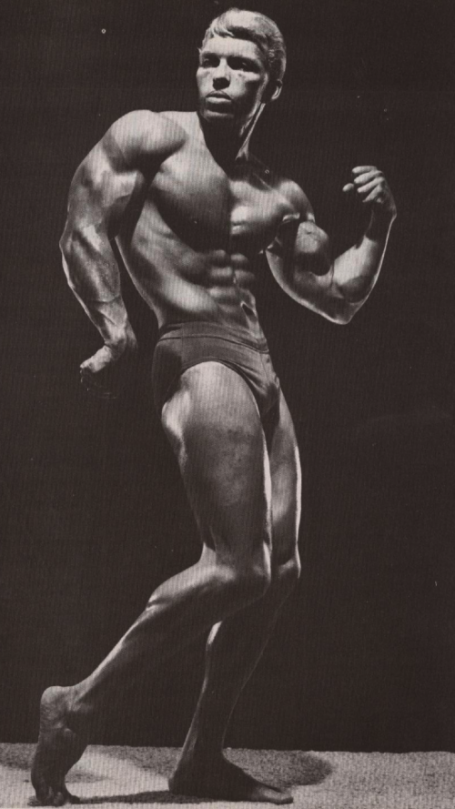Update:
The pump likely plays a role in a unique form of sarcoplasmic growth, along with mostly tension, for building maximum muscle size. The consensus appears to be though that any preferential, not isolated, growth here is far smaller than myofibrillar hypertrophy, no more than 5-20% total muscle size.

The pump, or the feeling of blood engorging the muscles as they work, may feel satisfying but likely has no connection to muscle growth.
You may or may not feel pumped depending on how much work you do and how this work spreads out during your workout. We know that tension, the squeezing of the muscles, is the main stimulus for more size and strength.
Tension depends upon training heavy and exerting enough effort but supports a wide range of possible rep goals. Those performing fewer reps will be less likely to achieve the pump. Creating the utmost tension does not depend on getting the pump.
The Science and Lore of the Pump
The pump occurs when your muscles swell beyond a normal size during exercise. Your body delivers oxygen and nutrients to the muscles while also removing by-products of fatigue. More work makes this state easier to reach.
Many bodybuilders appreciate the sensation. They associate it with improvement and some describe it as pleasurable. Some suggest it may help with recovery and hormone spikes. Some feel it promotes sarcoplasmic hypertrophy. Perhaps some of this appreciation comes from the mere fact that muscles holding more blood grow larger.
The body cannot quickly remove the blood away from the location when training continuously. This only occurs temporarily though. The concentration of blood subsides after the workout or a few minutes after a set, so it seems doubtful that it can boost recovery since it has no lasting effect.
The rhetoric that pushes you to strive for the pump is similar to that of going for the burn, or lactic acid buildup. The pump usually occurs with the burn. Both these have more to do with endurance than strength.
The Value of the Pump
Some blood flow helps during the warm-up. This blood flow increases your muscle temperature, which allows you to contract harder versus feeling cold. A good warm-up should allow a slight pump.
Ignore the Pump
Never confuse motion with action.
– Benjamin Franklin
You can avoid challenging your muscles and still achieve the pump, and you can challenge your muscles without achieving the pump.
Put it into perspective with this experiment. Imagine painting a ceiling by raising your hands above your head and making long strokes as if holding two brushes. This will start to fatigue you and generate a pump in your shoulders, but this would lack the heaviness required to create tension and build muscle.
Consider the pump a neutral effect in training. Ignore it. Instead, focus on making true lifting progress by adding weight to your lifts over time.
